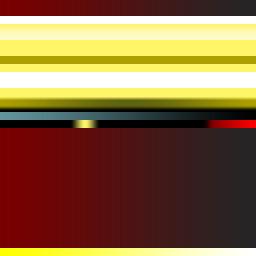Plaid!
I reached another big milestone on my avatar!
Then I used it in an area with a low-resolution mirror and noticed some really bad texture seams around the edges of the pigmentation map. And I’m wondering if the pigmentation map approach is really all that useful for the avatar in realtime.
Don’t get me wrong, though, I’m glad I did it! But there’s potentially some intractable problems around how mipmaps work with pigmentation maps which could explain some of these issues.
I think that what I’ll end up doing for the long term is just using the pigmentation maps and color schemes to bake out textures, using the pigmentation maps as a means of much more quickly building the baked textures, which makes my creation workflow a hell of a lot easier anyway. Not to mention, for my pigmentation maps I was going to have to bake out fallback textures for all my common combinations anyway (so that they’d appear correctly for everyone). So why not just use the baked textures and the standard shader for now?
Anyway, I think the next thing to do is to finally wire up the textures and material maps into the avatar’s expression menu. And maybe I can convince Poiyomi to let me change the texture and material attachments in realtime, at least; most VRChat environments look really awful with standard shader materials, since apparently everyone’s targeting Poiyomi these days.
But before I do that, gosh, I really need to spend some time on other things for a little while.
Oh anyway here’s the pigmentation map, color theme, and baked/fallback texture for the plaid:



Because of how the pigmentation map is set up it’s kind of hard to see the different part regions. If you load it into an image editor and boost the green channel you should be able to see it though. Also from the baked texture I see that I didn’t actually set up the mouth shading correctly, oops.
Comments
Before commenting, please read the comment policy.
Avatars provided via Libravatar